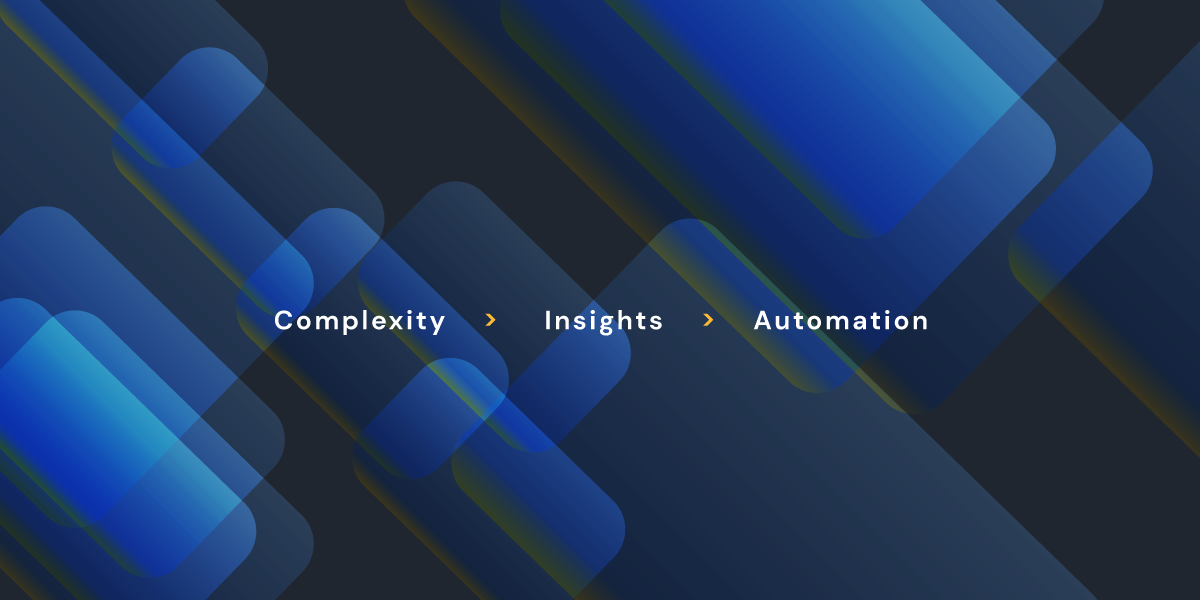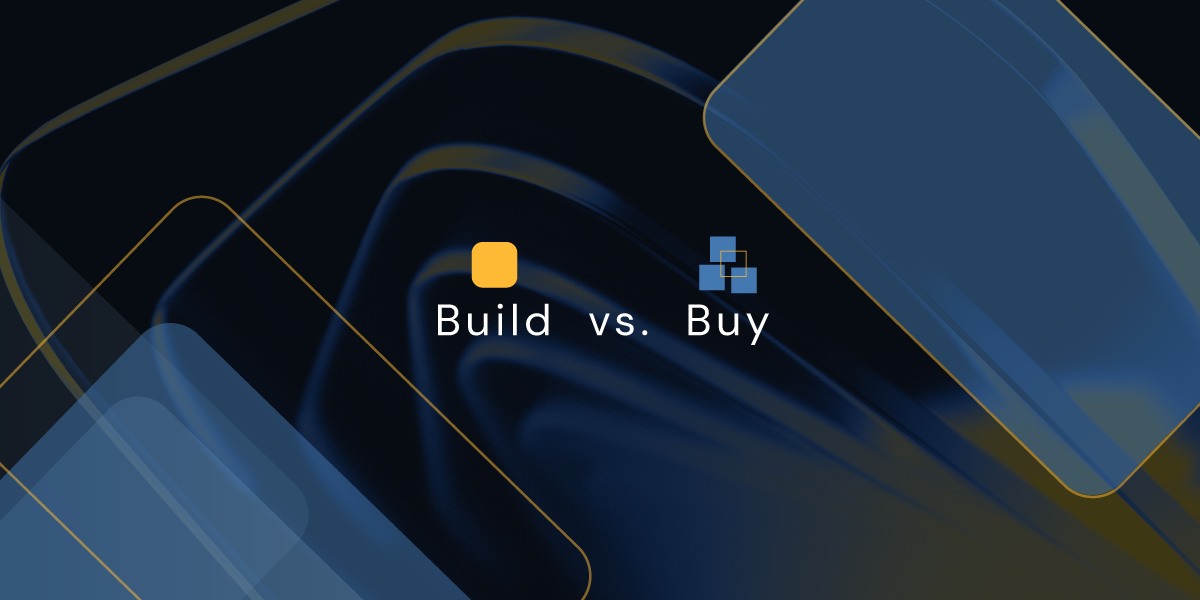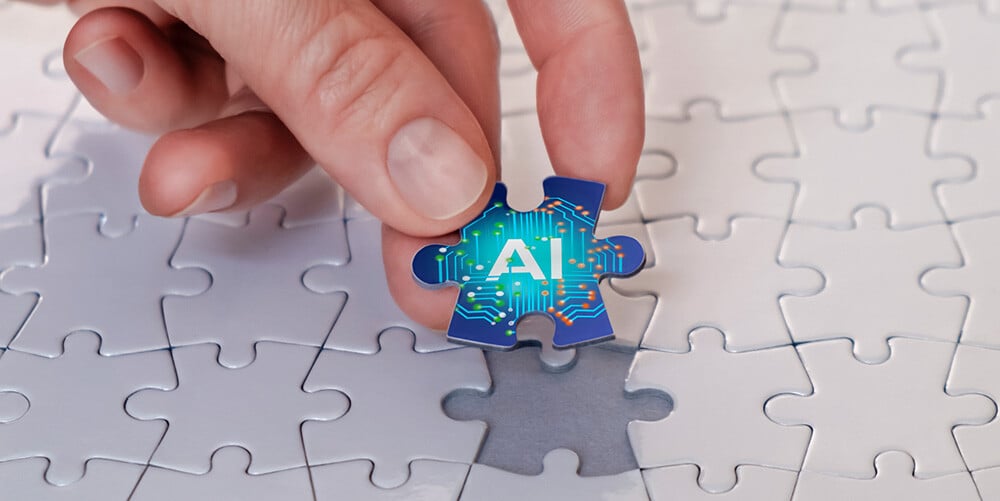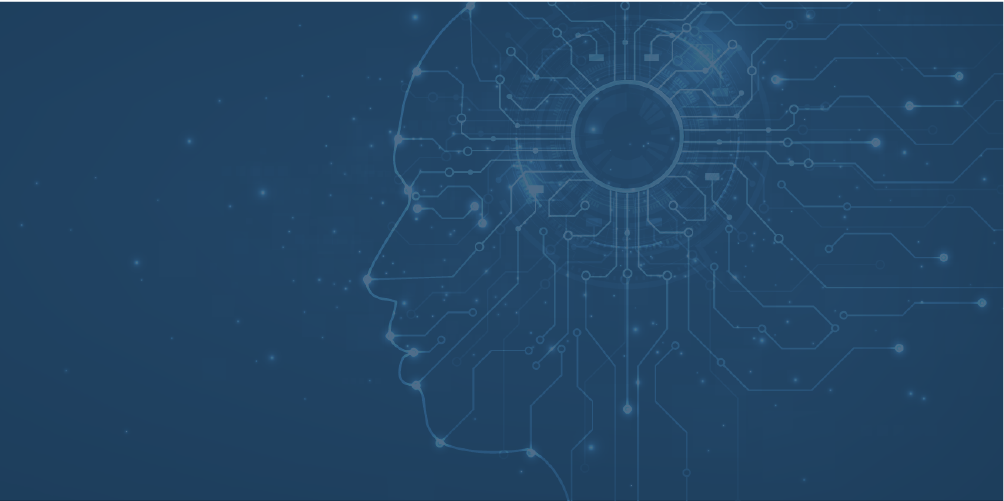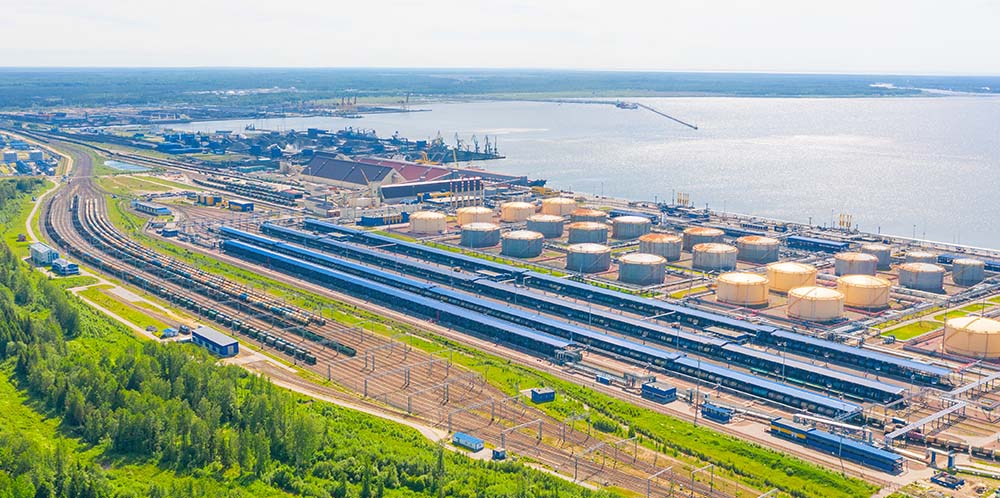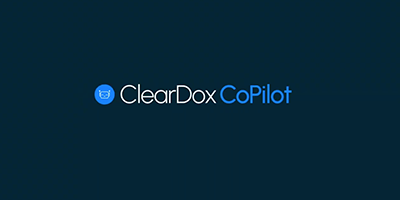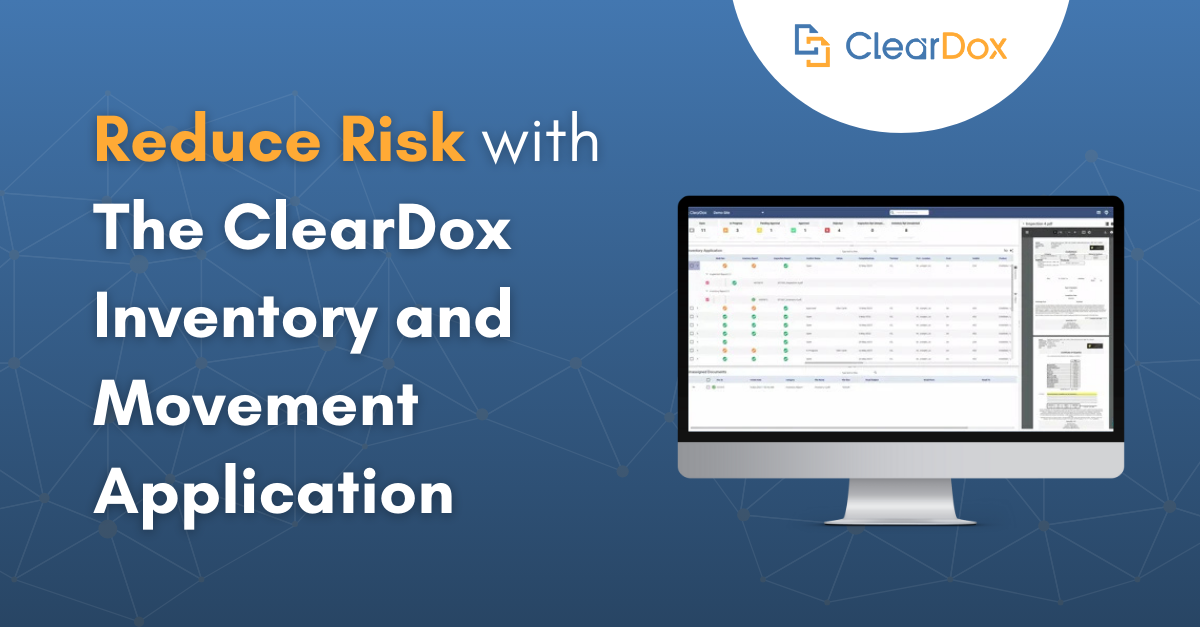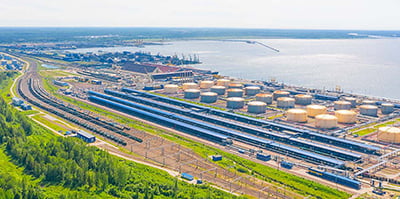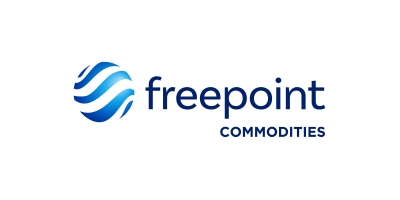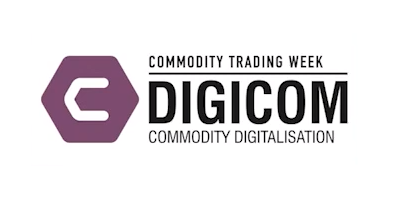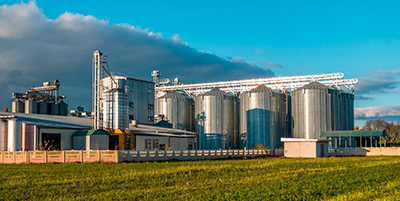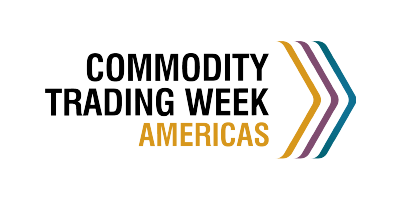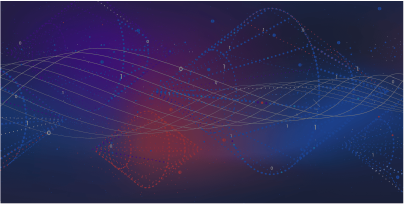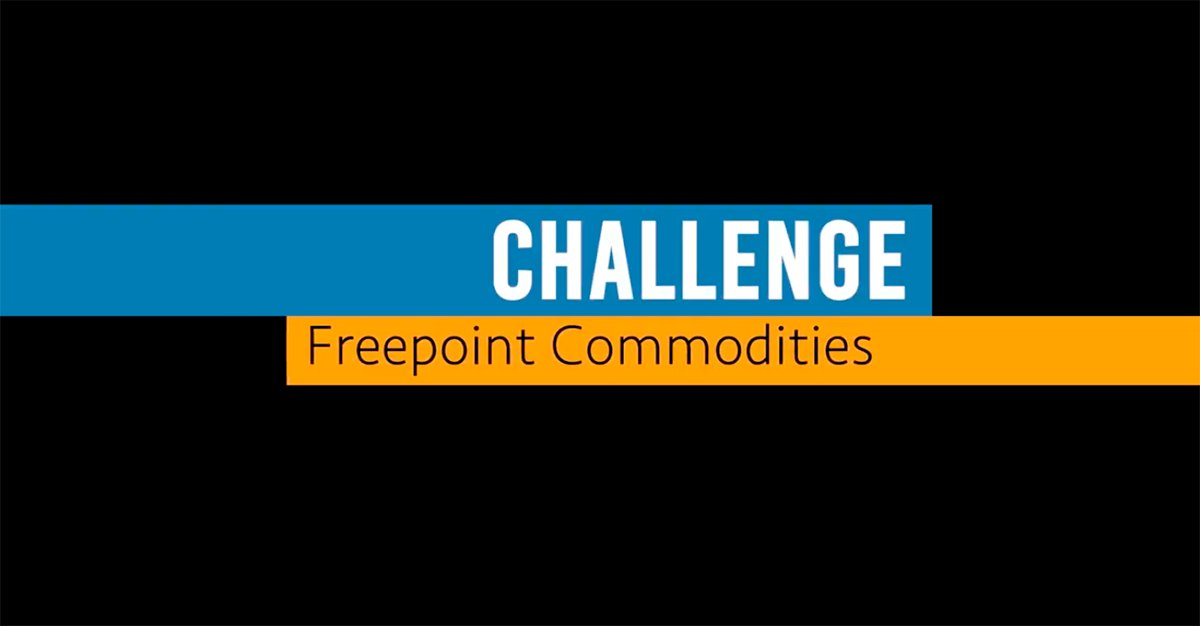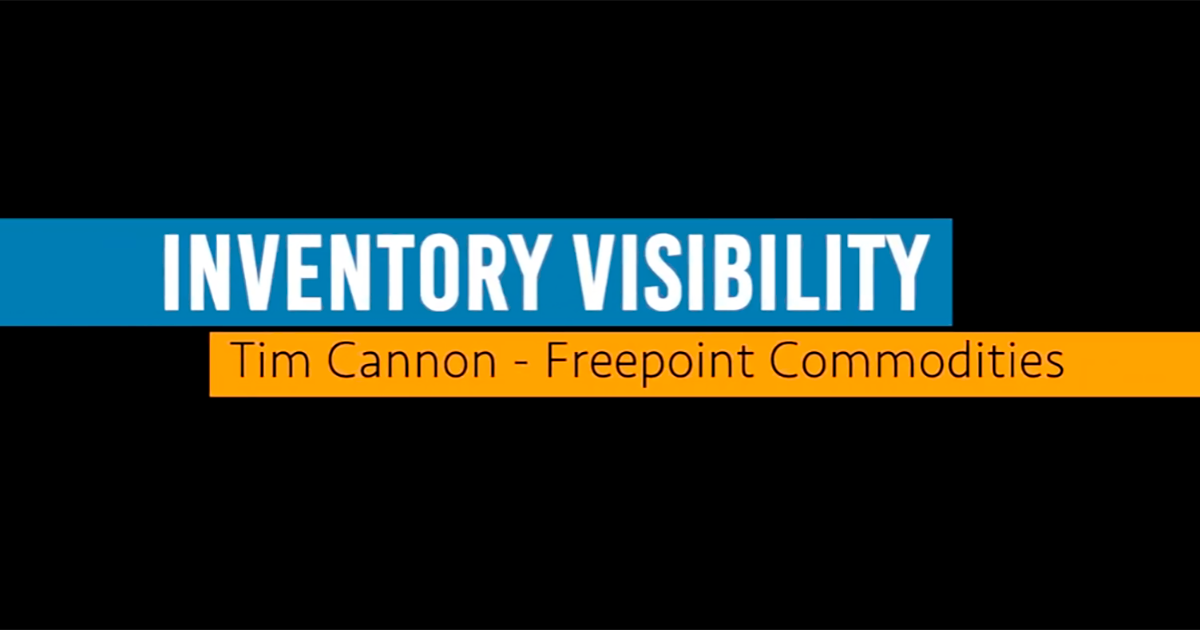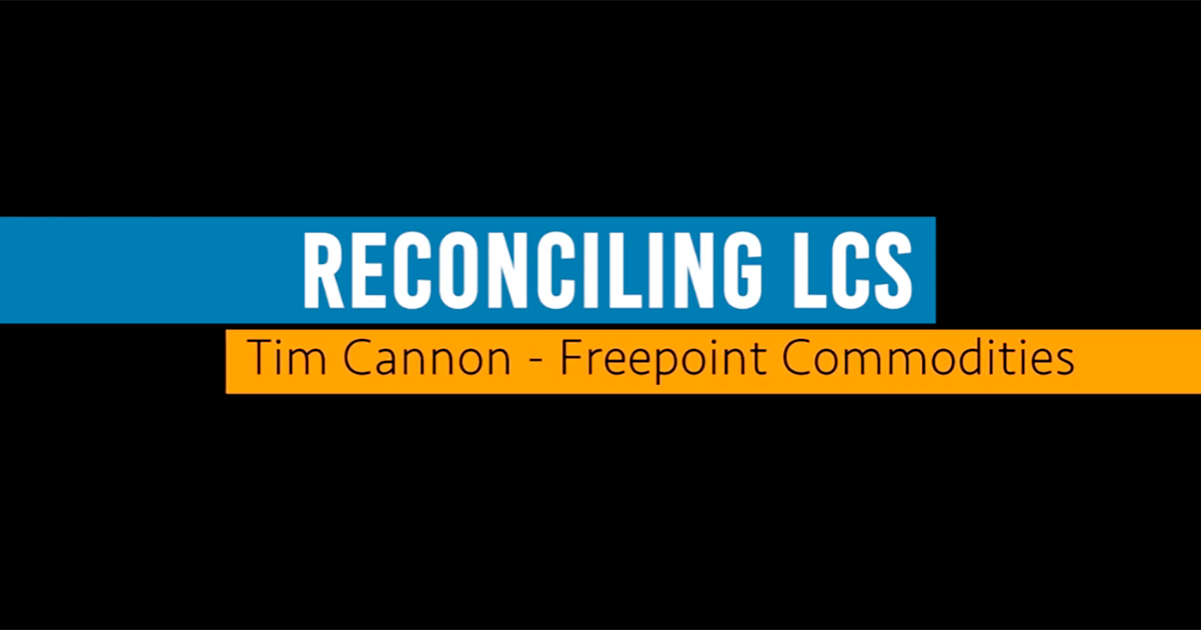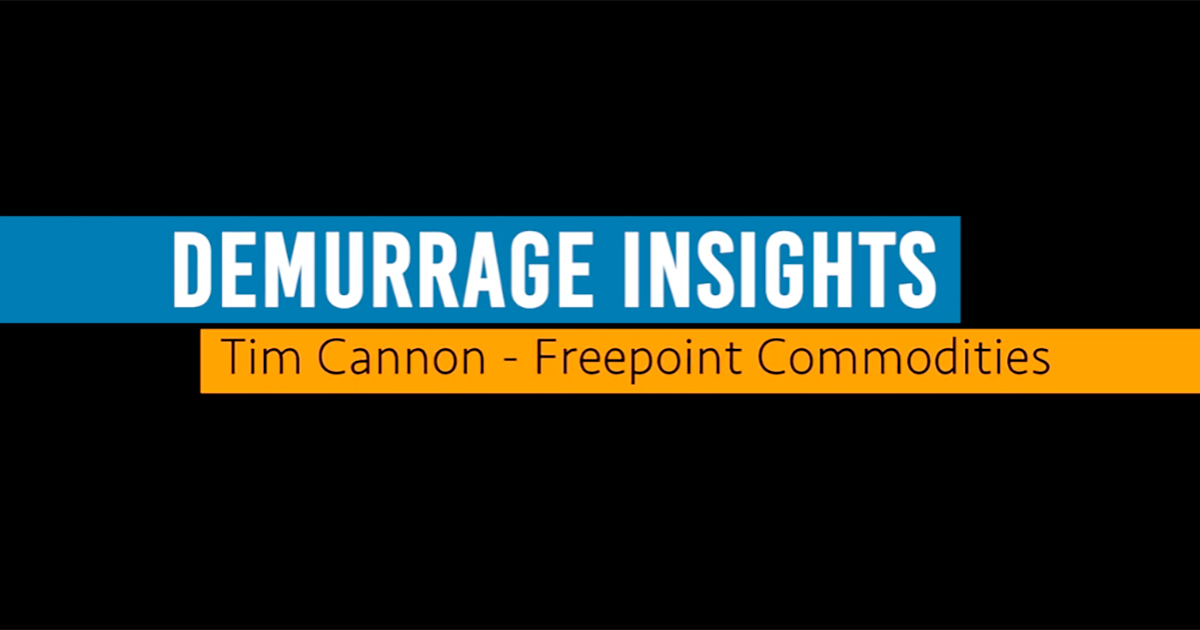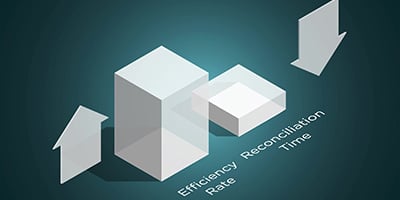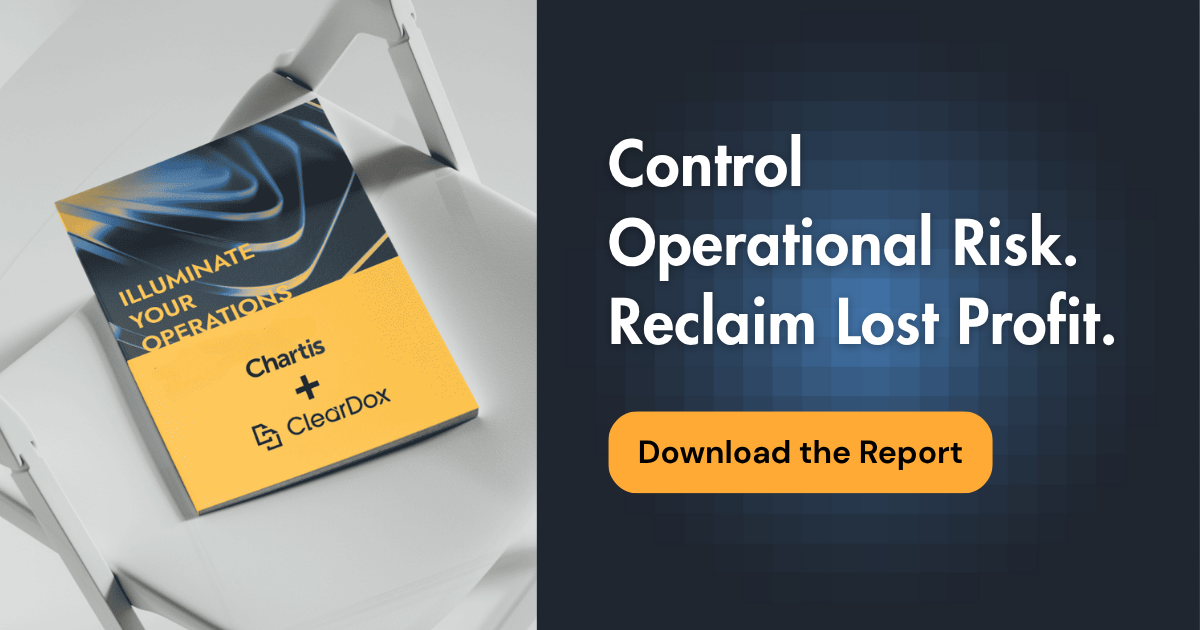Discover the latest resources curated by the ClearDox team to help you in your journey to operational clarity.
Curious About Commodities Intelligence?
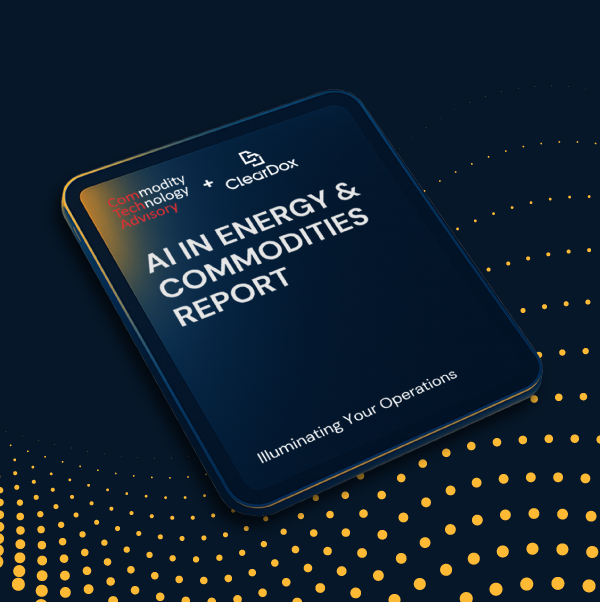
AI in Energy & Commodities: Separating Hype from Hard Value
-
Every commodity firm is under pressure to “do something with AI.” But the real question is: where will it actually deliver results?
-
In partnership with Commodity Technology Advisory, ClearDox brings you a new industry-first report that reveals how AI is really being used in energy and commodity trading today — from predictive analytics and reconciliation to automation and risk management.
Read the Report
ETW Americas 2025 Recap: Unlocking Commodities Opportunities
Insights from ETW Americas: how AI in commodity operations reduces operational risk and transforms efficiency across commodities operations.
How AI Is Redefining Risk in Commodity Operations
Discover how AI is reshaping operational risk and efficiency in commodity trading.
How Leading Commodity Firms Are Using AI in Operations
Discover how AI is transforming commodity trading operations, enhancing efficiency in data processing, predictive analytics, and workflow automation, while addressing industry-specific challenges.
ETW Europe 2025 Key Takeaways: Smarter Data Analysis in Commodities
Missed ETW Europe 2025? Here’s what ops leaders learned about AI, automation, and risk reduction in commodity trading.
Build vs. Buy: Choosing the Right Ops Automation Strategy
Weigh the pros and cons of building or buying operations intelligence software for commodity trading—costs, risks, and ROI.
Operational Risk in Commodities Isn’t New — But Chartis Just Made It Impossible to Ignore
Operational risk in commodity trading has always existed, but a new Chartis report shows just how deeply it affects profitability, compliance, and credit exposure.
ClearDox Agentic AI News - This Changes Everything!
Discover how ClearDox's Agentic AI is revolutionizing commodity operations with intelligent automation, optimizing the entire value chain from procurement to compliance.
CTW Americas Exposed a Costly Truth: Back Office Risk Management Is Still Stuck in the Past
CTW Americas confirmed an alarming suspicion. Many firms have a costly disconnect between their front office and back office risk management systems.
Commodity Markets: Distortion, Regulation & Automation
Explore CTW Americas 2025 trends in AI, risk, and regulation—plus how ClearDox is leading digital change in commodity trading.
From Risk to Resilience: What CTW Europe Told Us About the Future of AI in Commodity Operations
Discover the discussions, expert advice, and transformative trends from CTW Europe – including how AI will change your operations.
From Automation to Innovation: Phase Two and the Long Tail of AI in Commodities Ops
Discover Phase Two of AI in commodities operations, focusing on team enablement, risk mitigation, and business growth through innovative AI-driven solutions.
When It Comes to AI, the "Devil’s in the Data"
AI advancements in the commodities industry are enhancing decision-making and mitigating operational risks through the use of advanced tools and industry-specific solutions.
Automate the Cumbersome: Phase One of AI Adoption in Commodities Ops
Discover how AI is revolutionizing commodity operations from automating manual tasks to driving innovation and efficiency in this in-depth exploration.
Commodity Trading Week APAC 2025: Why AI for Operations, Not Just Trading, Is the Future
At CTW APAC 2025, commodity operations leaders made one thing clear—AI must go beyond data extraction. Discover how ClearDox is revolutionizing reconciliation to eliminate inefficiencies, reduce risk, and transform operational workflows.
Revolutionizing Commodity Trading with AI
AI can change everything about your commodities trading business. In this blog, we’ll show you how.
Expert Insights: Using Intelligent Applications to Drive Efficiency
In our recent webinar, three ClearDox clients shared how our solution helped them increase efficiency and capitalize on opportunities.
Build or Buy: Practical AI Use in Commodities
AI will transform commodities operations. Is a market-ready solution the right answer? Or should you build your own? Here’s how to know for sure.
3 AI Trends That Will Change Your Commodities Business in 2024
AI has revolutionized the commodities world. This blog explores three AI-centered commodities trends in 2024.
Automation and Digitization: 3 Key Trends for 2023
What does 2023 mean for automation and digitization? Here are three key trends to watch out for — and how your business can benefit.
Are manual processes holding you back?
Learn how commodities companies can gain a competitive advantage by automating back office processes with intelligent automation solutions.
How commodities companies can solve back office staffing challenges
Commodities companies struggle to find back office staff for jobs focused on manual processes. See how intelligent automation solutions help.
6 key questions to ask when choosing an intelligent document processing solution
Ask these often overlooked questions to ensure you don't end up with a solution that falls short of expectations.
Why a hybrid approach to intelligent document processing matters
Learn why an intelligent automation solution with a hybrid approach delivers better results faster and at a lower cost than alternatives.
OCR software versus intelligent document processing solutions
Discover the differences between intelligent document processing and OCR software — and which is right for your business.
3 reasons why fuel retailers must automate invoice reconciliation
Fuel retailers who rely on manual invoice reconciliation are risking more than they might realize – including their profits.
Industry trends in bulk liquid storage
How are tank operators, lessees and lenders transforming operations? Through digitalization and intelligent automation solutions.
How Gulf Oil mitigated costly errors and eliminated data bottlenecks
Read about how the right technology — and partner — transforms critical processes.
How Gulf Oil mitigated costly errors and eliminated data bottlenecks
Learn how the right technology — and partner — transforms critical processes for Gulf Oil.
The fuel retailer’s guide to automating invoice approvals
Learn what to watch for when evaluating automation solutions and selecting a technology partner.
Transitioning into a (genuinely) data-driven organization
Watch this panel discussion to learn about the architecture behind a data-driven organization, how to foster a data-driven culture and more.
How Automating Back-Office Processes Helps Commodities Companies Thrive in Turbulent Times
Reasons Senior Executives Are Increasing Investments in Automation
How Freepoint Commodities digitized back office processes with ClearDox
How Freepoint Commodities digitized back office processes with ClearDox
Commodities Digitisation 2.0: Automation, Intelligence, Evolution
Learn about optimising trading and operations to thrive in turbulent times
Where Next for RPA: Exploring Intelligent and Hyper Automation
Watch the video from Commodities Trading Week
Applying Artificial Intelligence and Machine Learning (AI/ML) in Commodities
Watch this video to learn the practical application of AI/ML in the industry and its potential to drive innovation and efficiency.
Using Digitization and Automation to Unlock Document Data
Three Use Cases to Deliver Business Efficiencies Today
Before the Next “Black Swan”: Why the Commodities Industry Must Protect Itself With Digitalization
Learn how the industry’s reliance on physical documentation becomes a tremendous liability and impediment to growth.
Inventory reconciliation
See how fuel terminal operators achieve a timely and transparent view of daily inventories with Spectrum.
The True Cost of Risk: How Freepoint Commodities Uncovers the Known
Freepoint Commodities transformed risk management and operational efficiency by implementing ClearDox, significantly reducing reconciliation time and improving invoice accuracy. Discover how you can achieve similar results.
Controlling Operational Risk in Commodities
Discover critical gaps in commodity transaction management and how AI-driven workflows can mitigate operational risks, protecting profits and efficiency.
The AI Tipping Point: Why Inaction is the Biggest Operational Risk
Learn how the commodities industry is working with AI, featuring 61C, Optimus, and ClearDox
How AI Reduces Risk in Back Office Operations
Discover how AI enhances risk management and operational efficiency in the commodities industry, enabling firms to protect revenue and streamline back office workflows.
Shine a Light on Operational Risk
Ready to see how ClearDox can prevent downstream disasters?
Talk to a ClearDox Expert

